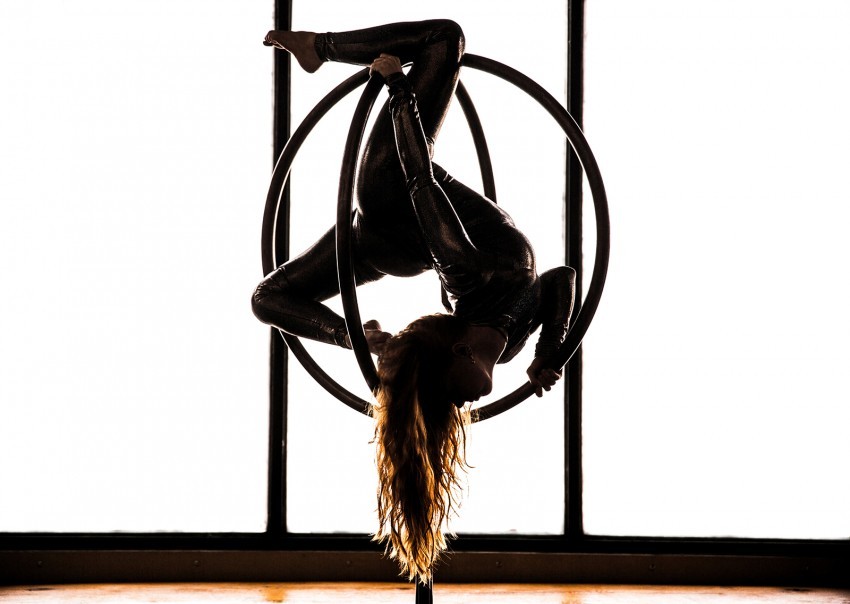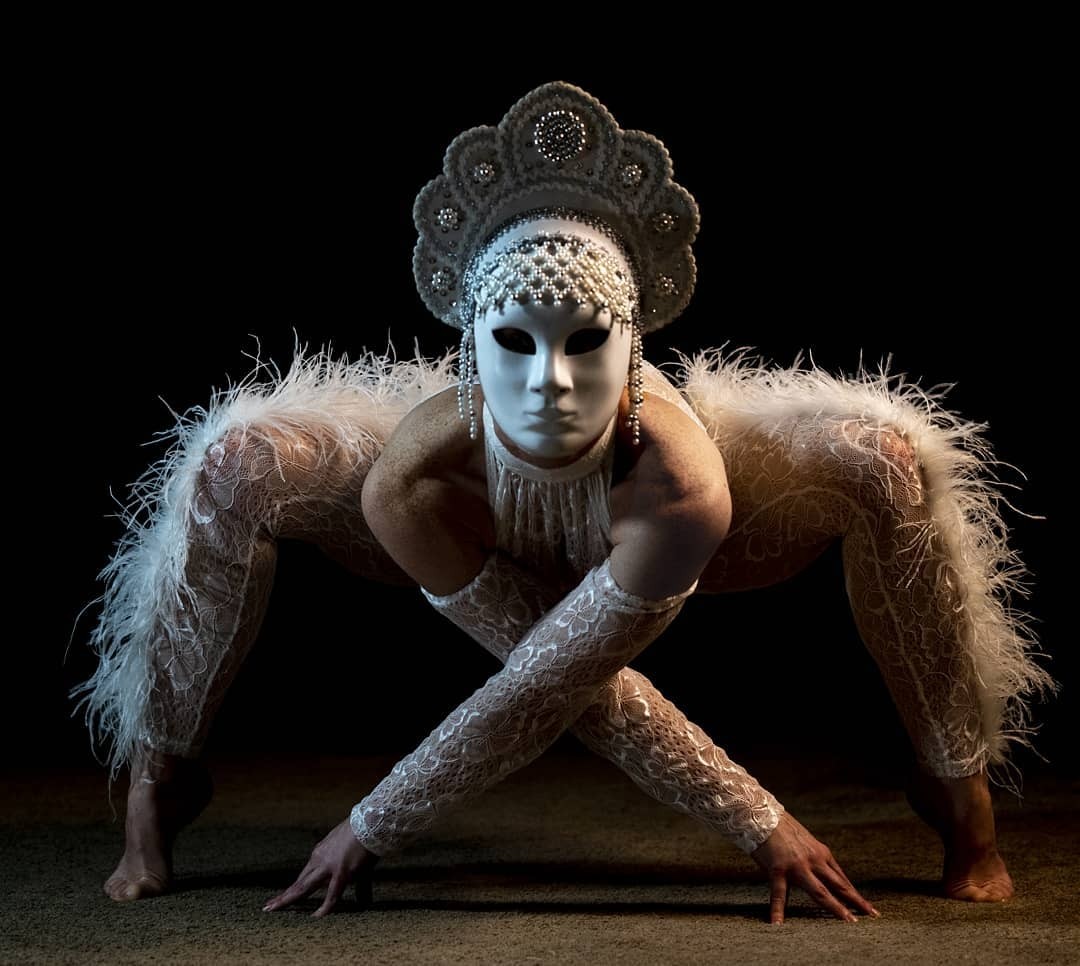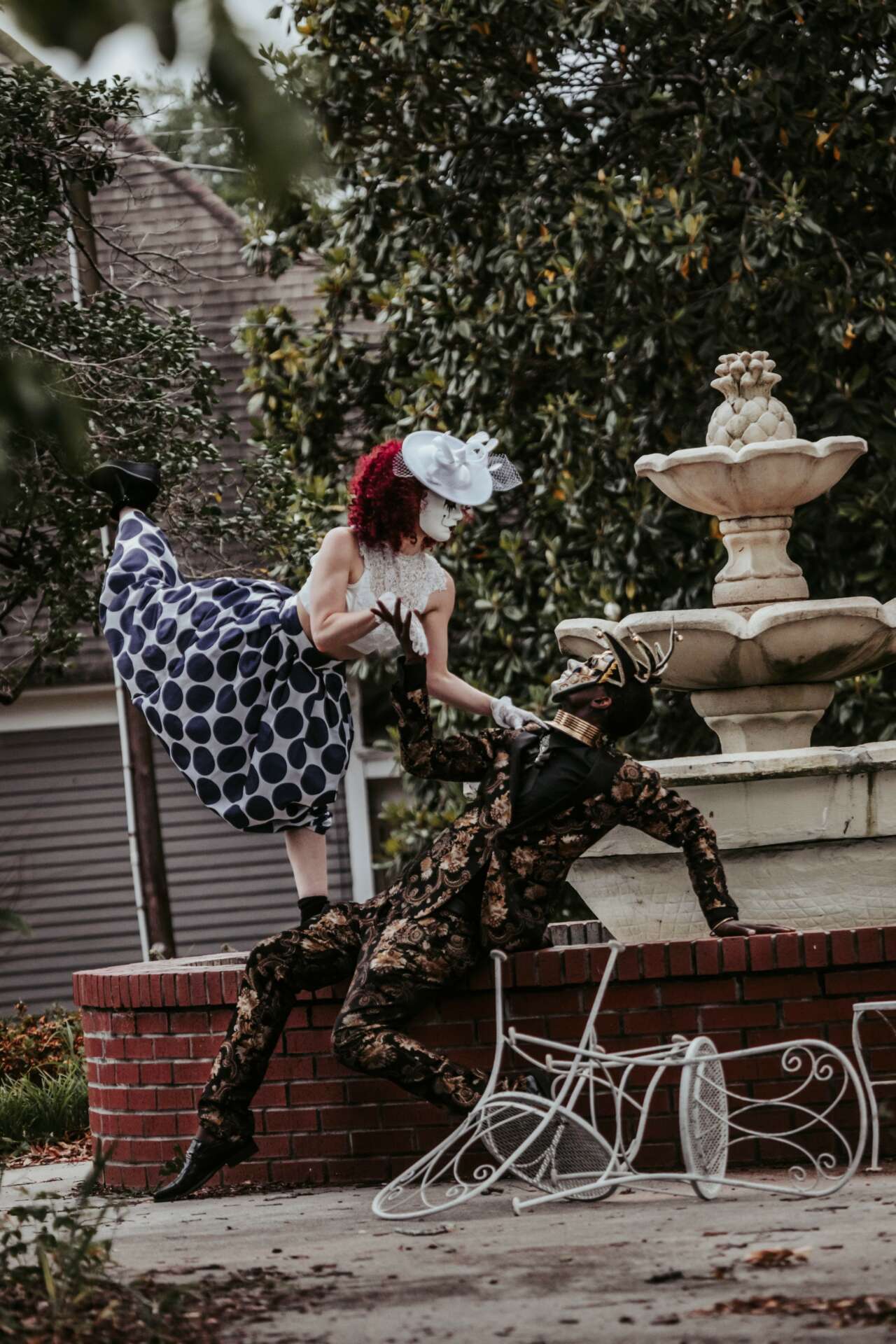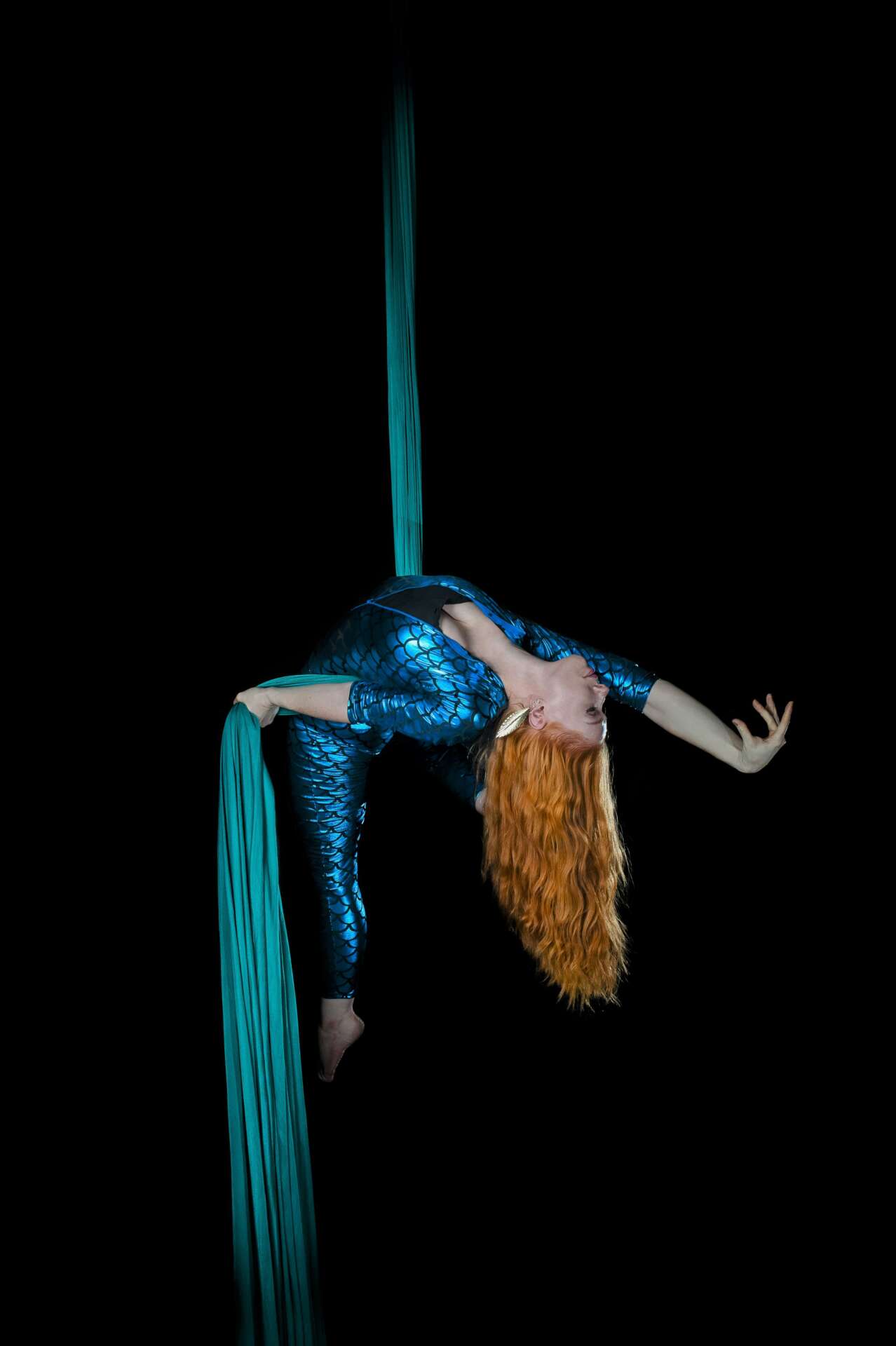We caught up with the brilliant and insightful Lacy Elian a few weeks ago and have shared our conversation below.
Lacy, appreciate you joining us today. Are you able to earn a full-time living from your creative work? If so, can you walk us through your journey and how you made it happen?
I have been very fortunate to make a living as a full-time acrobat and cirque performer for the past decade. Nothing about the journey has been easy or spoon fed. To truly thrive in this industry, it is imperative that you hone multiple skills beyond just your act. International level acrobats (that often started training as children) are sometimes able to survive on single acts; for example, a contortionist that gets hired by a large company such as Cirque du Soleil will not have to do their own marketing, costuming, client relations, etc (for the duration of the contract. There is still the time before and after each contract the performer must navigate, though). However, most acrobats must have multiple acts they can sell, and many of us also make our own costumes and sell ourselves to clients as independent contractors.
I started cirque as an apprentice when I was 24. I spent two years learning technical and artistic skills in aerial arts, contortion, and performance quality. Unfortunately, my coach was unwilling to share the business side of performing during my apprenticeship: booking, contracts, self-promotion, and so on. These skills are essential to getting regular work as a performer, especially because most acrobats don’t have agents to do that work the same way actors or dancers do. It is my firm belief that business and promotional skills should also be taught in any pre-professional cirque program, and I make it a point to share this information with any new or aspiring performer that asks me.
I left my apprenticeship and started working with another company as a professional acrobat for event entertainment. Initially, I was hired for aerial and contortion, but I learned quickly those two skills alone would not be enough to live off of as a new performer! I began performing many types of acts for events to make ends meet, including character work, greeting, dance, fire, partner acrobatics, and body painting. I learned how to make costumes and how to rig aerial equipment. I learned how to communicate professionally with clients and how to write contracts. After several years, I began to manage events and book entertainment. In 2018, I started my own company, AveNoir Arts, with the intention of creating unique cirque shows and training the next generation of preprofessional performers in ways that I had to seek out on my own. Information about the business side of performing is often closely guarded, but I’ve never believed it should be.
Being open with that information about rates, contracts, and communicating within the community are things that should be normalized. It is in everyone’s best interest to keep the community educated and supportive of one another. Giving this information to artists early in their training/career will help expedite their progress professionally, and it is a courtesy I did not receive. Making a living as a performer is not easy; there is always competition and you must constantly be training and improving your act. Having a coach or mentor to assist with not only the physical and artistic skills but also the business and professional skills is essential.


As always, we appreciate you sharing your insights and we’ve got a few more questions for you, but before we get to all of that can you take a minute to introduce yourself and give our readers some of your background and context?
I have always been a movement artist, but was not trained as one until I was in my early 20s. Aerial arts always inspired me, and I initially sought it out as a way to pay for college. I am naturally flexible and have musicality, so cirque came easy to me. To me, inspiring audience members and taking them away from the burdens of the world (even briefly) is truly a gift and pleasure.
Most of my work has been for events. Acrobats are hired for many corporate events, galas, weddings, birthdays, and so on. I have also done some theatrical work and some film. I personally have never been on a touring show, though many performers work on cruise ships or in seasonal shows (such as at Universal Studios).
When I started my company, I wanted to branch out beyond events. Atlanta is a huge city with many talented artists, and there is no reason we should not have regular cirque shows like Las Vegas or New York. This is the goal of AveNoir Arts: to create unique theatrical cirque shows and to provide acrobatic talent for artistic projects.


For you, what’s the most rewarding aspect of being a creative?
There are two answers to this question, and they are both equally rewarding.
1) To see an audience member light up when they watch you perform is fulfilling and inspiring. Most people have limited ideas about what the human body is capable of, so to show them the amazing physical skills that artists have trained for many years to accomplish is a gift. Watching a video of an aerialist is nothing like seeing them right in front of your eyes. I’ve had so many people come up to me after shows in wonder, asking me questions in a flurry of excitement. To know that I have inspired them in that way is truly rewarding.
2) Cirque is difficult. It is dangerous. It is unforgiving, and it takes many years of trying and failing to master the physical skills. Creating acts and shows alongside others that have embarked on the same difficult journey is a blessing. To be surrounded by people with diverse talents and opinions and lives is something I hope everyone can experience in their own way. The sense of comradery that comes from working on a show or act together is indescribable. We each have our individual parts that all come together in a beautiful whirl that took many ups and downs to accomplish. The end result of that effort makes every fail worth it. I find that type of collaboration to be extremely rewarding as an artist.
Is there a particular goal or mission driving your creative journey?
I have been a creative my entire life. I don’t know how to function if I’m not creating something. Most of my art is for myself, but some of it is to communicate ideas to others. Making people ask questions about themselves, society, and the world as a whole is a major driving factor in my creativity. This is much harder to accomplish via performance art versus media like writing or images, but it can still be done. We are conditioned to believe very specific things (and what those things are obviously vary from culture to culture). I like to make people ask themselves WHY. WHY do you believe this thing? WHY do you feel this way? WHY does this matter or not matter?
Stepping outside of ourselves and what we have been taught is invaluable. We should be constantly changing, constantly questioning, constantly bettering ourselves. It is my hope that my art in all its forms helps to facilitate that.
Contact Info:
- Website: www.avenoirarts.com
- Instagram: @atlantacirque
Image Credits
Color Me Cham Photography ; Chris with Camera ; Daniel Owens


